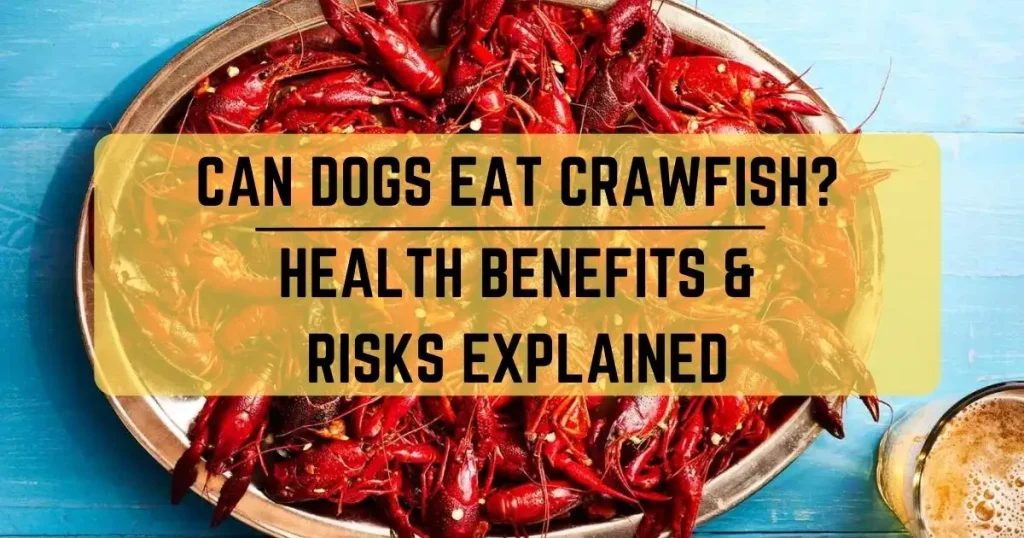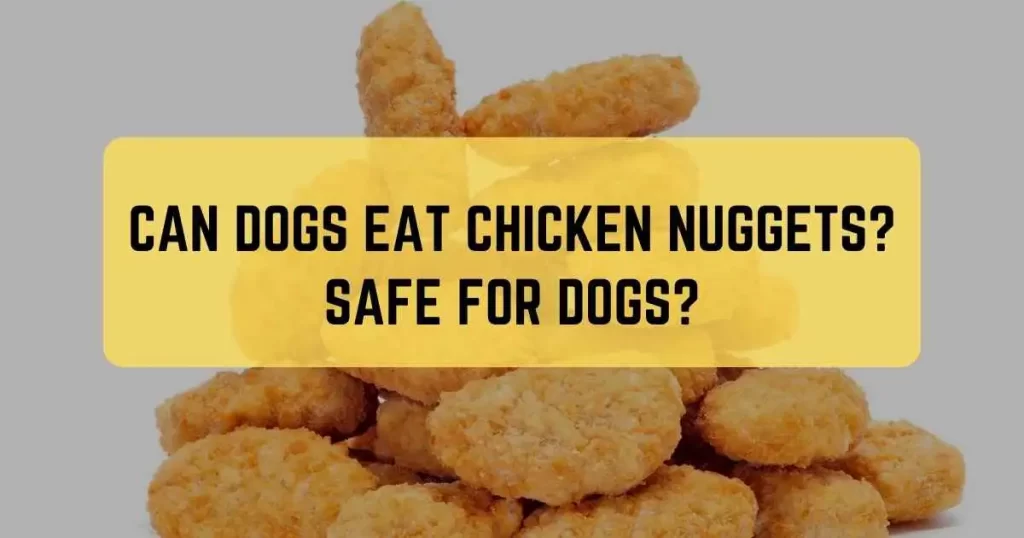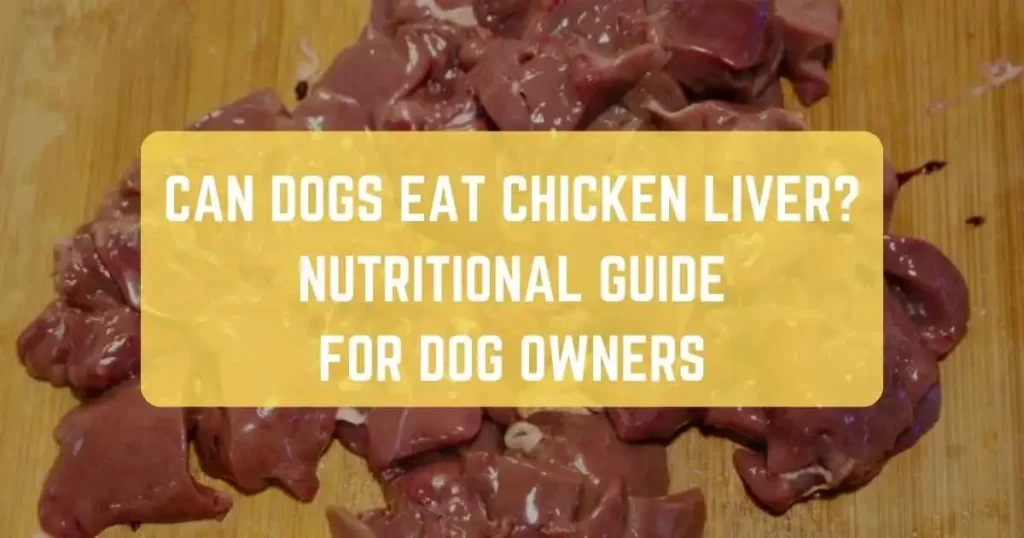
When it comes to the culinary world of dogs, the question of whether dogs can eat crawfish often arises. These small, freshwater crustaceans, also known as crayfish, are a delicacy in many regions. But are they safe for your furry friend?
Let’s delve into the world of crawfish and explore the health benefits and potential risks for dogs.
Can Dogs Eat Crawfish?
Yes, dogs can eat crawfish, but with caution. Remove the shell, cook it thoroughly, and serve it plain. Watch for allergies and feed in moderation to avoid potential risks like choking or digestive issues. Always prioritize your dog’s safety and consult your vet if you’re unsure.
Health Benefits of Crawfish
Crawfish, like their larger relatives, lobsters, and other shellfish, offer a range of potential health benefits for dogs. Here are some key points to consider:
- Rich in Protein: Crawfish meat is packed with protein, making it an excellent addition to your dog’s diet. Protein is essential for muscle development and overall health.
- Source of Glucosamine: It contains glucosamine, which supports joint health in dogs. This is especially beneficial for older dogs or those prone to joint issues.
- Low in Fat: These crustaceans are relatively low in fat, making them a healthier option than some other protein sources for your pup.
- Nutrient-Rich: It provide essential nutrients such as vitamins B12 and niacin, which contribute to your dog’s overall well-being.
Potential Risks of Crawfish for Your Dog
While there are potential benefits to feeding your dog crawfish, there are also some risks to be aware of:
- Shell Hazards: The shell of a crawfish can pose a choking hazard for dogs. It’s essential to remove the shell entirely before offering the meat to your furry friend.
- Allergic Reactions: Just like with any food, some dogs may be allergic to crawfish. Keep a close eye on your dog the first time you introduce this crustacean to their diet to watch for any adverse reactions.
- High Fat Content: While they are relatively low in fat compared to some other meats, they can still be high in fat if heavily seasoned or fried. Excessive fat intake can lead to obesity and other health issues in dogs.
- Spike in Blood Pressure: Heavily salted or seasoned crawfish can lead to a spike in your dog’s blood pressure, which can be harmful.
How to Prepare Crawfish for Your Dog?
Preparing crawfish for your dog involves several important steps to ensure their safety and enjoyment. Here’s a simple guide:
- Remove the Shell: Begin by carefully removing the shell. Ensure that no shell fragments remain, as these can cause choking or digestive issues.
- Cook Thoroughly: Always serve fully cooked crawfish to your dog. Cooking not only eliminates potential pathogens but also makes the meat more digestible.
- Avoid Seasonings: Skip the heavily seasoned or salted crawfish. Plain, boiled or steamed crawfish is the safest option for your dog.
- Watch for Allergic Reactions: When introducing any new food into your dog’s diet for the first time, give them a small piece and observe for any signs of allergies or adverse reactions.
How Much Crawfish Can Dogs Eat?
Determining the right portion size for your dog depends on their size and dietary needs. As a general rule, it’s best to offer crawfish to your dog in moderation. For smaller dogs, a small piece of crawfish meat occasionally is sufficient. Larger dogs can have a bit more but always keep it as an occasional treat rather than a regular meal.
Alternatives to Crawfish for Your Dog
Here are some seafood alternatives to crawfish that you can consider for your dog’s diet:
- Salmon: Salmon is an excellent source of omega-3 fatty acids, which promote a healthy coat and skin. It’s also rich in protein and can be served cooked or canned (without added salt or seasoning).
- Tuna: Tuna is another seafood option packed with protein. Opt for canned tuna in water, not oil, and ensure there are no added spices or flavorings.
- Shrimp: Shrimp is a low-calorie seafood choice that provides protein and essential nutrients. Be sure to remove the shells and cook it thoroughly before offering it to your dog.
- Cod: Cod is a mild-flavored fish that’s easy on the stomach. It’s a good source of lean protein and can be prepared by baking or boiling without added seasonings.
- Sardines: Sardines are a powerhouse of nutrients, including omega-3s, calcium, and vitamin D. You can serve them fresh or canned in water, making sure to remove any bones.
- Mackerel: Mackerel is another fatty fish rich in omega-3s. You can feed your dog cooked, fresh mackerel in small portions to avoid excessive fat intake.
- Trout: Trout is a freshwater fish that provides protein and essential nutrients. It can be prepared by baking or grilling without added spices or oils.
Final Thoughts – Safe For Dogs
In conclusion, dogs can eat crawfish when prepared and served with caution. They offer potential health benefits, including protein and glucosamine, but also come with risks such as shell hazards and allergic reactions. Always remove the shell, cook the crawfish thoroughly, and introduce them gradually to your dog’s diet.
Moderation is key, and it’s better to be safe than sorry when it comes to your beloved canine companion’s health. Keep a close eye on your dog, and if you ever have doubts or concerns, consult your veterinarian for guidance.
Frequently Asked Questions
Can My Dog Eat Crawfish Shells?
No, it’s not safe for dogs to consume crawfish shells. Its shells can cause choking and may lead to gastrointestinal issues. Always remove the shells completely before offering your dog any crawfish meat. Prioritize your dog’s safety and well-being when sharing seafood treats.
Can Dogs Eat Crawfish Heads?
No, it’s best to avoid giving your dog crawfish heads. They can also be a choking hazard and may contain small, sharp parts that can injure your dog’s mouth or digestive tract. Stick to the meat and ensure it’s properly prepared.
Can Dogs Eat Crawfish Tails?
Yes, dogs can eat crawfish tails in moderation. Remove the shells and offer only the meat, cooked without seasoning. Watch for allergies and digestive issues, and ensure it’s an occasional treat, not a regular meal, due to potential fat content.
What Happens if a Dog Eats Crawfish Shells?
If a dog eats crawfish shells, it can lead to choking or digestive problems. The sharp edges can harm their throat and stomach. Immediate action may be needed, so consult a vet if you suspect your dog has ingested shells. It’s crucial to serve only the meat, not the shells.
Are Crawfish Toxic to Dogs?
Yes, crawfish can be toxic to dogs if not prepared properly. The shells can cause choking, and heavily seasoned or salted crawfish can lead to health issues like high blood pressure. Always remove the shell, cook thoroughly, and avoid excessive seasoning when sharing fish with your pup.
Will Dogs Eat Crawfish?
Yes, many dogs will eat crawfish if given the chance. Their curiosity and love for different foods may lead them to try crawfish. However, it’s crucial for dog owners to ensure that that it is prepared safely, with the shell removed and without harmful seasonings, to prevent any potential health risks.
Why Do Dogs Eat Crawfish?
Dogs may be attracted to the smell and taste of crawfish due to their carnivorous nature. However, it’s essential to remember that feeding them this shellfish should be done with caution to avoid potential health risks.
Can Dogs Eat Cooked Crawfish?
Yes, dogs can eat cooked crawfish in moderation. Ensure the meat is fully cooked, free from spices or seasoning, and the shell is removed to prevent choking hazards. Introduce it gradually to check for any allergic reactions or digestive issues.









